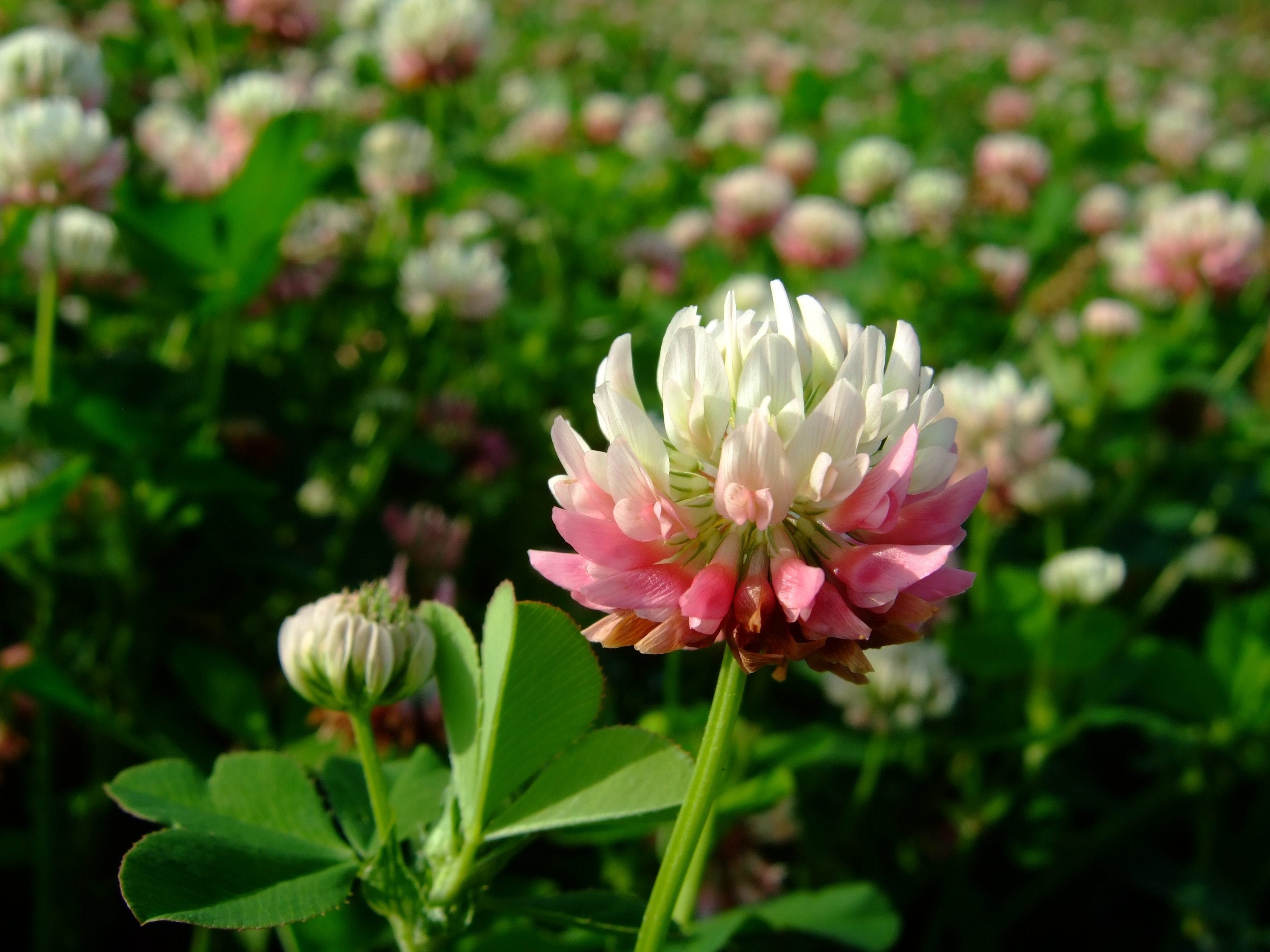What Is Alsike Clover: Learn How To Grow Alsike Clover Plants


Alsike clover (Trifolium hybridum) is an extremely adaptable plant that grows along roadsides and in moist pastures and fields. Although it isn’t native to North America, it is found in cool, damp areas across the northern two-thirds of the United States. Plants have three smooth leaves with serrated edges. Small, whitish-pink or bicolor flowers appear along the length of the stems in late spring and early summer. If you’ve never considered growing hybridum alsike clover, perhaps you should. Read on to learn more.
Alsike Information
What is alsike clover used for? Alsike clover isn’t planted on its own. Rather, it is seeded along with grass or other plants, such as red clover, to improve soil, or as hay or pasture. It is rich in nutrition, providing food and protective cover for livestock and wildlife. It can be difficult to tell alsike clover from red clover, but it can be an important distinction. Unlike alsike clover, the leaves of red clover are not serrated, and they display a white ‘V’ while alsike clover leaves have no markings. Also, alsike clover, which reaches mature heights of 2 to 4 feet (61 cm. to 1 m.) is taller than red clover, which maxes out at 12 to 15 inches (30.5-38 cm.). Avoid planting alsike clover in horse pastures, however. The plants may harbor a fungal disease that causes horses to become photosensitive, in which areas of the skin turn white before becoming red and painful. In severe cases, fungus in alsike clover may cause liver disease, evidenced by symptoms such as weight loss, jaundice, colic, diarrhea, neurological disturbances, and death. The fungus is most prevalent in rainy climates or irrigated pastures. Other livestock should be introduced gradually to a pasture containing alsike because the clover may increase the risk of bloat.
How to Grow Alsike Clover
Growing alsike clover is possible in USDA plant hardiness zones 3 through 8. Alsike clover performs best in full sun and moist soil. Alsike prefers moist soil but tolerates acidic, alkaline, infertile, or poorly drained soil. However, it doesn’t tolerate drought. You can plant alsike clover seeds with grass, or overseed the seed into grass in spring. Plant alsike clover at a rate of 2 to 4 pounds (1-2 kg.) per acre. Avoid nitrogen fertilizer, which may damage alsike clover.
Sign up for the Gardening Know How newsletter today and receive a free copy of our e-book "How to Grow Delicious Tomatoes".

A Credentialed Garden Writer, Mary H. Dyer was with Gardening Know How in the very beginning, publishing articles as early as 2007.